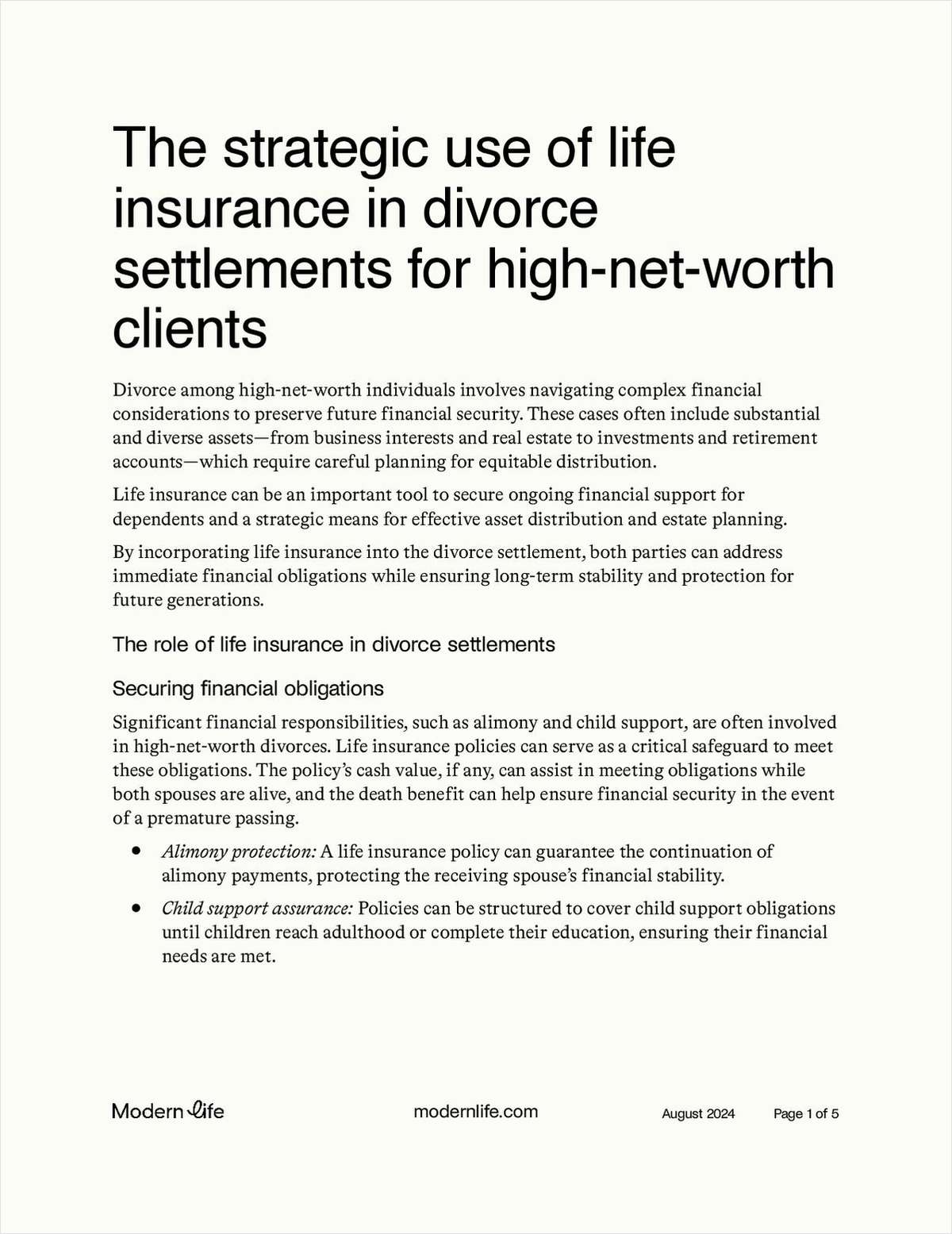Everybody loves an exciting finish.
Remember the end of the Alabama-Auburn game this past season? A field goal attempt returned 108 yards for a touchdown. Super Bowl parties are always more fun when it's a close game. Great stories and competitions hook us and keep us interested.
And then there's the Affordable Care Act. Those of us in the benefits profession are watching this story unfold a little differently than the general public, and it's not easy to know what that public is thinking. Are they interested in website complications and changing deadlines? How many people enrolled in the exchanges? Are people concerned about penalties assessed if they don't have mandatory coverage? I suspect we'll understand a lot more about public perception once the first penalty, err, tax is paid.
Unlike a movie tragedy or sports finale we watch for entertainment, the results of PPACA are going to stick around for a while. Open enrollment is complete and much has being done to work out the kinks related to the exchanges. Individuals must comply with the mandate that requires a person to be covered by qualifying health insurance in 2014 or pay a penalty. Employers with 50 or more full-time employees, in the meantime, have another year before they must offer qualifying coverage to qualifying employees. The administration allowed a delay in enforcement of the employer mandate to give employers more time to prepare for some requirements of the new law.
One of the postponed requirements is to offer qualifying coverage to any employee who works more than 30 hours a week. Sounds simple, right? It's not. The formula for determining whether or not an employee is full-time vs. part-time is quite complicated and definitely one of things for which employers needed more time to prepare. Many large employers have stated their intentions to send part-time employees to the exchanges for coverage while others intend to offer part-timers the opportunity to purchase the same qualifying coverage as full-time employees. Many employers are still wrestling with big questions like "Will we offer qualifying coverage or not? What employees will we support and what style of plan design do we offer?"
Where does that leave voluntary benefit plans for part-time workers? The benefit publications have greatly chronicled the opportunity for brokers with specialty and voluntary benefits, but from our perspective, employers are so focused on their major medical offering and complying with ACA that they are not paying attention to anything else. What are they passing on? Voluntary benefits that are attainable and valued by the part-time workers, such as fixed indemnity hospitalization coverage, outpatient benefits, dental, vision, life, critical illness and short-term disability plans.
The need for voluntary benefits is especially pressing because of growing coverage gaps. Providing affordable and valuable benefits via payroll deduction offers a valuable layer of protection for employees.



